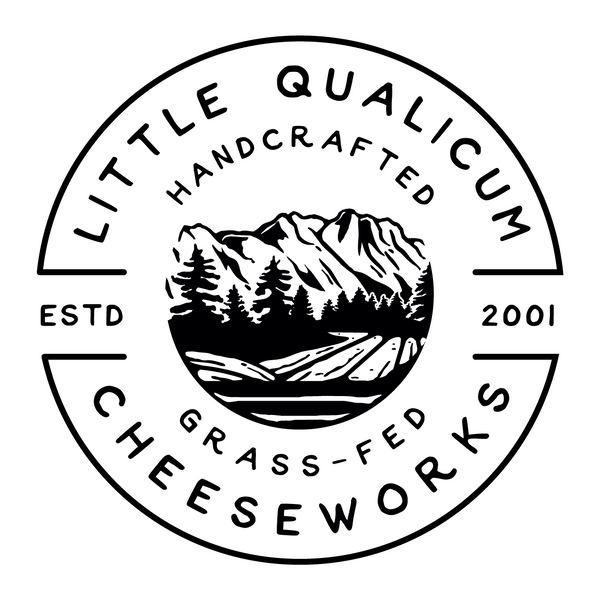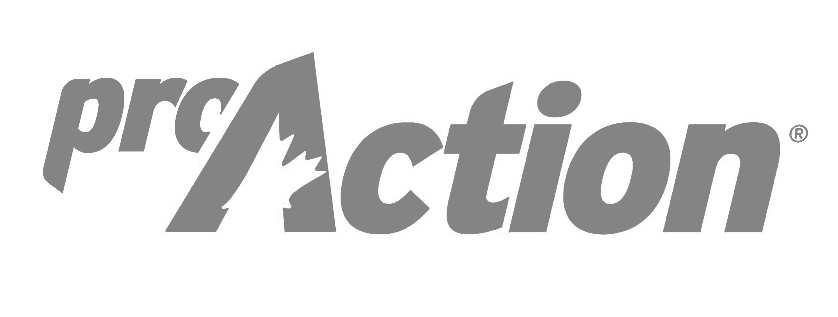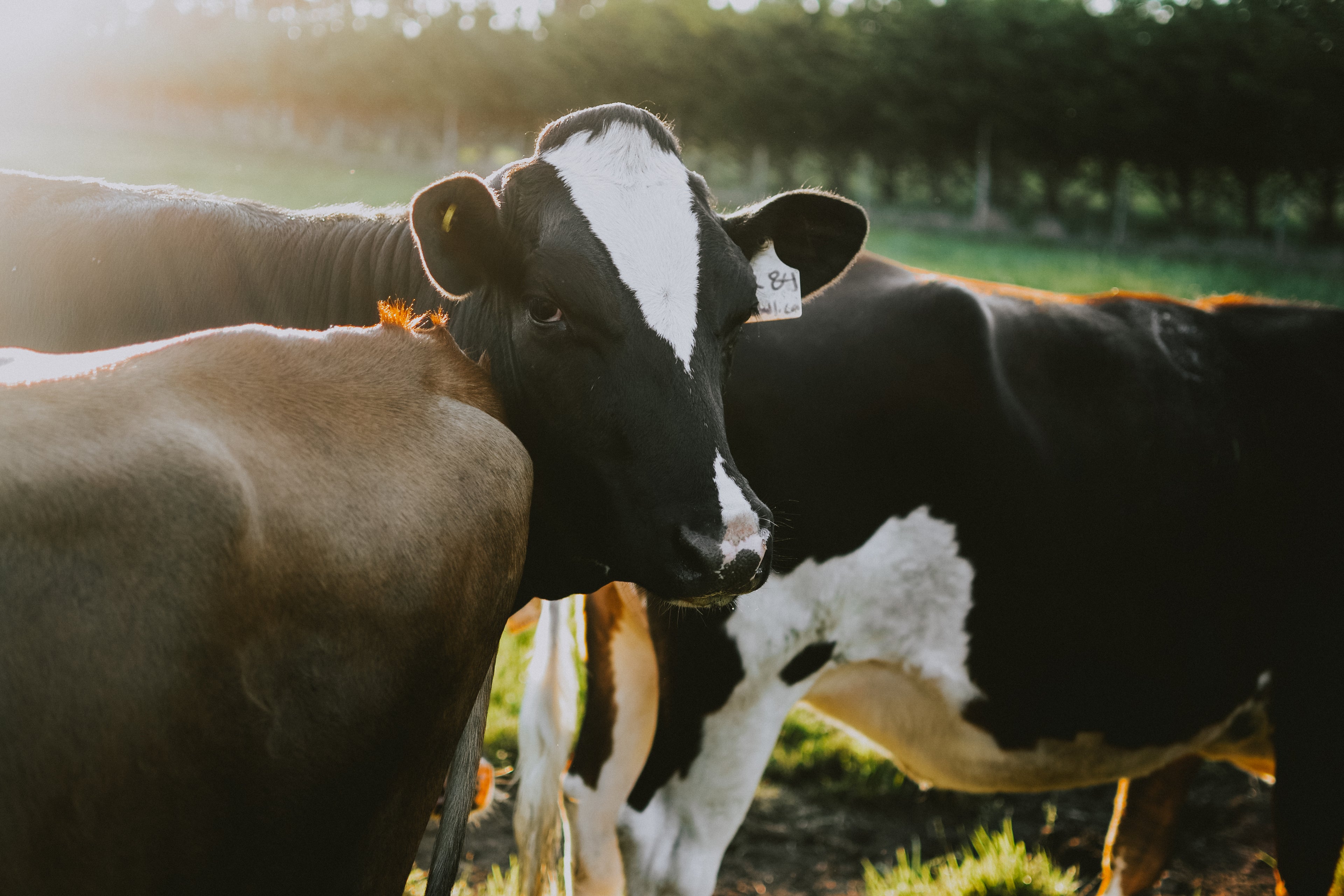
Our Farm
We believe in empowering and educating people to know where their food comes from. Learn about our farming practices and how happy cows produce the best milk.
Happy cows = good milk.
It's the golden rule of dairy farming. When it comes to milk quality, the first and foremost factor is a cow’s health & comfort. Regular vet checkups, hoof trimming, comfortable quarters, and quality feed keep our girls happy and relaxed on the daily.
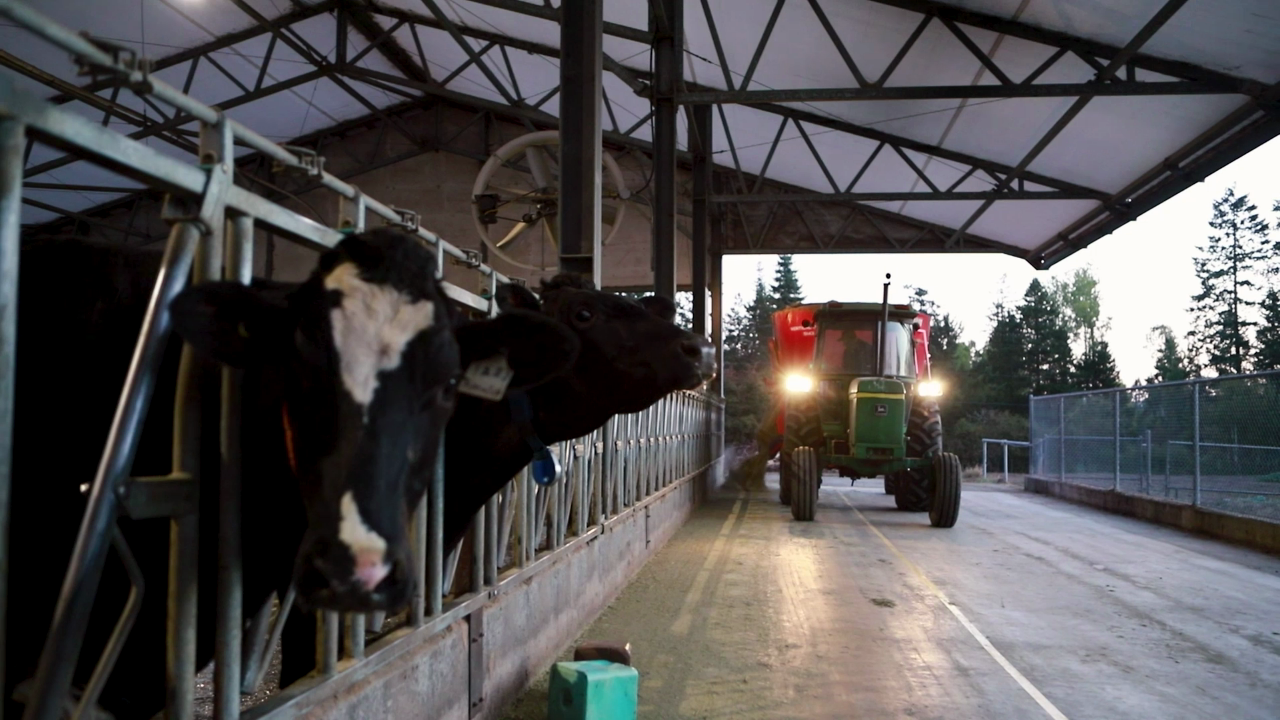
When the herd eats well, so do we.
What a cow eats has a significant and direct impact on the quality of their milk. Grass fed dairy like ours is known to be naturally rich, sweet, and high in nutrients.
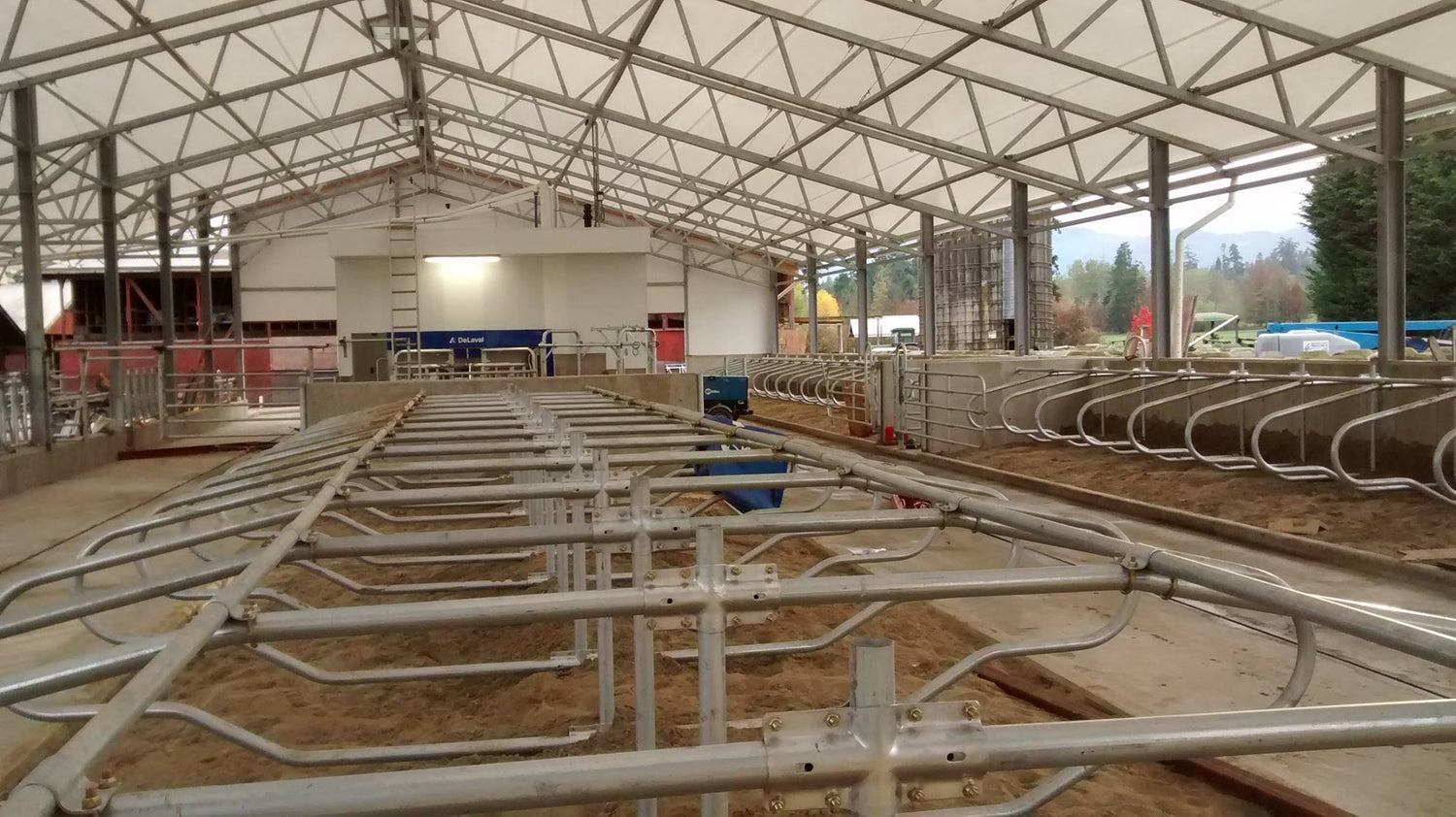
Comfortable quarters
Cow comfort starts in the barn, where the animals spend most of their time. It's also where they access food and water, socialize with herd mates, sleep, and rest. [1] In a free-stall barn, cows move between different sections of the barn for milking, resting & sleeping, eating, and drinking.
The cow’s beds are made of sand which is both sanitary and comfortable - it’s like lying on a beach. It allows them to get up and down easily, while positioning them so the manure falls into the alley to be scraped away. The stalls are kept dry and are replaced regularly.
Thanks to our mild coastal climate, we're able to house our cows in a bright open-air barn so they can enjoy fresh air and sunshine even in the winter months.
Coat care
Large automatic brushes provide a good back scratch and help the cows keep their coats healthy and clean.
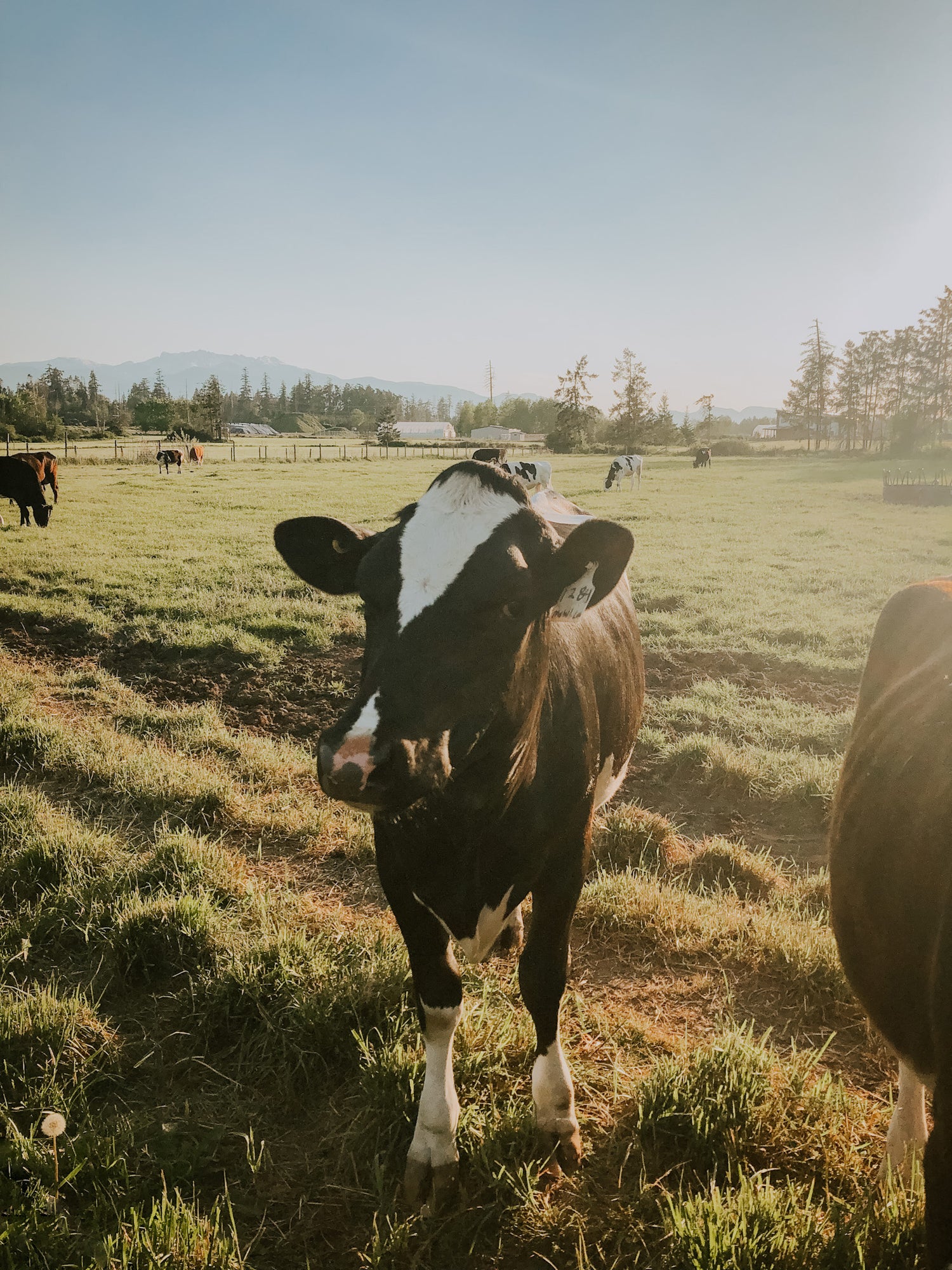
Pedicures are essential to cow health.
Hoof trimming & care goes a long way towards overall health and preventing mobility issues, which would require treatment from a veterinarian. A cow's hooves grow about 2 inches annually, so they typically get a ‘pedicure’ once or twice per year. [1]
VMS (voluntary Milking System)
This one-stall robotic milking parlour is the heart of the system, working 24/7/365. One robot will milk up to 60 cows, up to 6 times a day depending on the cow’s individual needs - a significant improvement over the previous model of milking 2x/day.
The cows are given an alfalfa/barley pellet (that they love!) and enjoy the relief of being milked, so there is almost always a line up in front of the robot. The robot treats each cow individually, giving her the amount of food and number of milkings that is best for her based on age and current milk production. Because their udders are being emptied more often, the milk is better, there’s more of it, and the cows stay healthier.

Have you herd?
Not all cows are alike. Our milking herd is made up of various breeds of dairy cattle, each bringing their best to create a healthy herd and excellent milk.
-
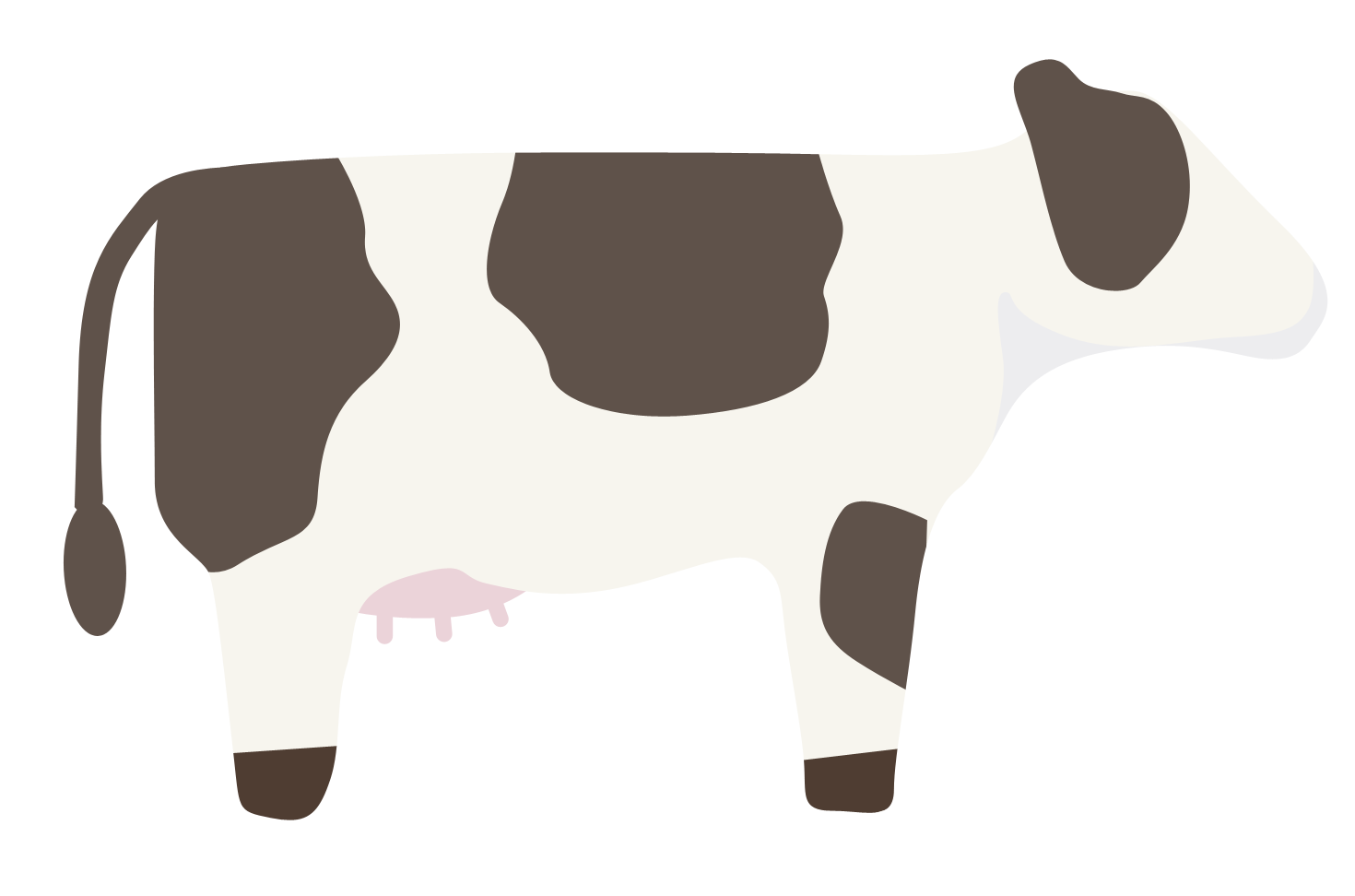
Holstein Friesian
Holsteins are the classic milking cow. Originating in the Netherlands, they are known as some of the world's highest producing cows and make up 93% of the national herd. These cows are generally good-natured and exhibit a strong herd mentality.
Production ■■■■■
Butterfat ■■□□□
Protein ■■■□□
-

Jersey
Jersey cattle originate on an isle of the same name in the British Channel Islands. Smart, quirky, curious, and full of personality, these small but mighty cows produce the richest milk in the herd.
Production ■■□□□
Butterfat ■■■■■
Protein ■■■■□
-
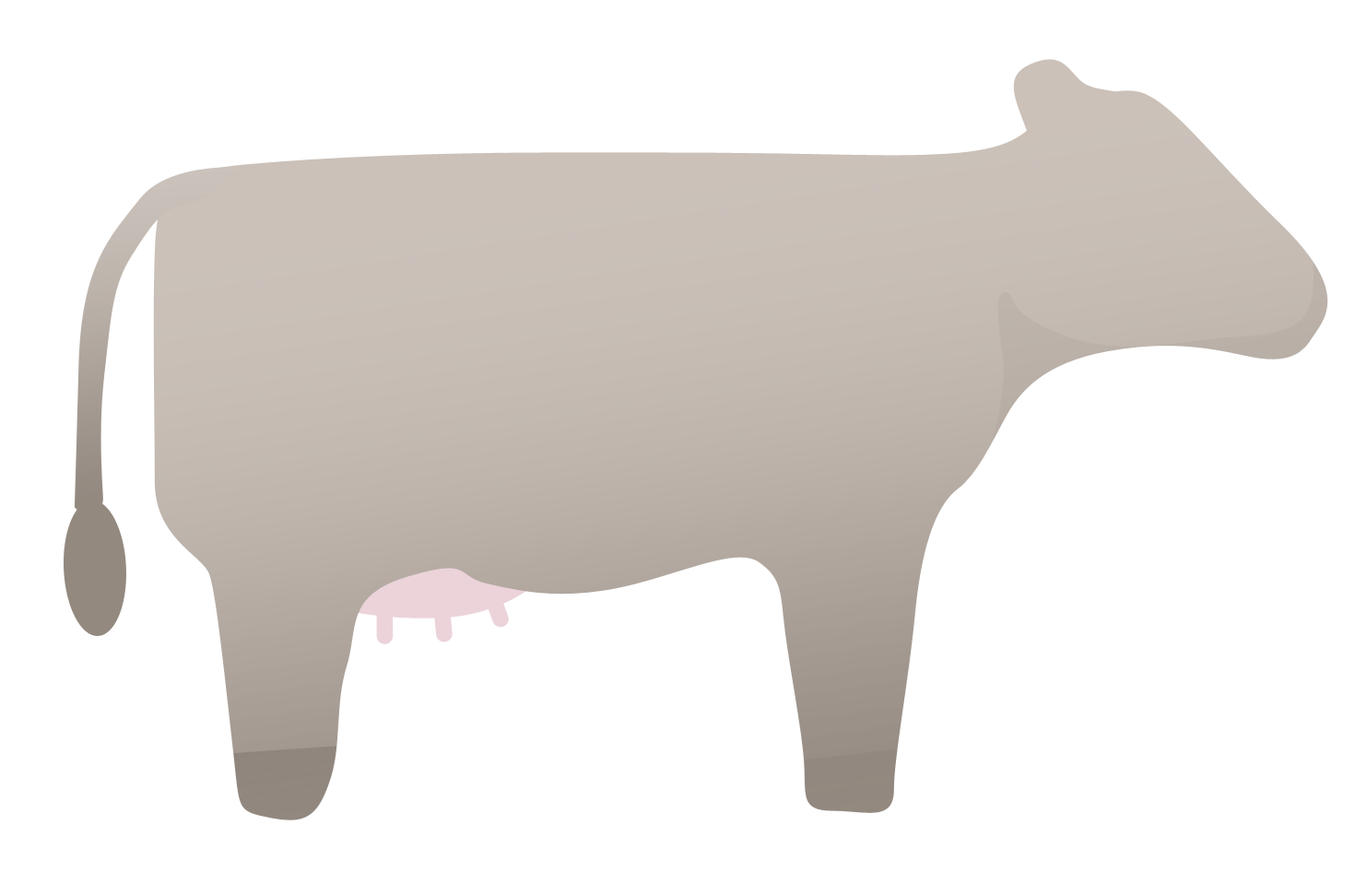
Brown Swiss
With roots in the Swiss Alps, Brown Swiss are one of the oldest known breeds of dairy cattle. Their milk is well balanced in butterfat, protein, and production. With a friendly and gentle disposition, these cows are exceptionally charming.
Production ■■■■□
Butterfat ■■■■□
Protein ■■■■□
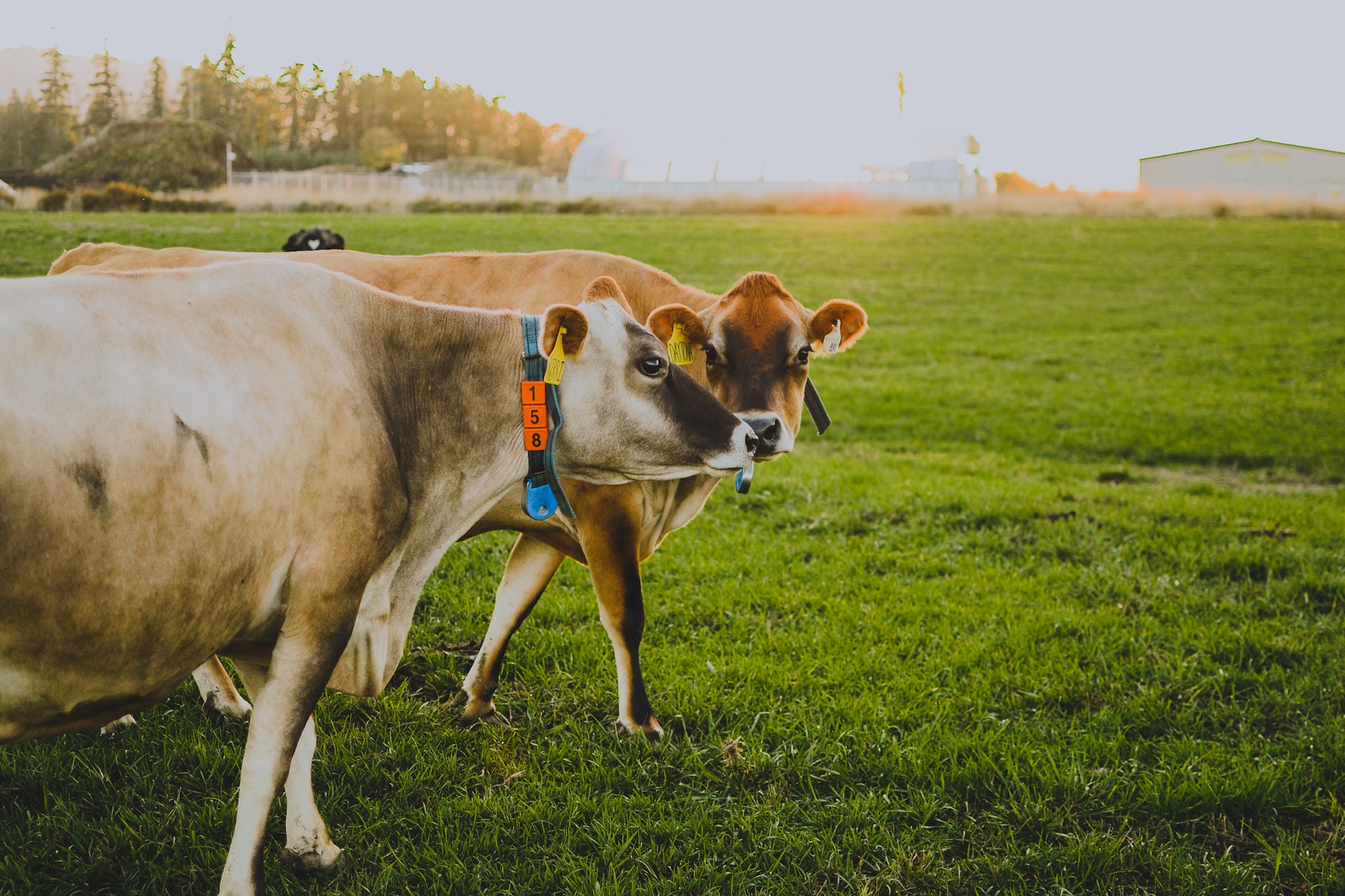
Certifications
-
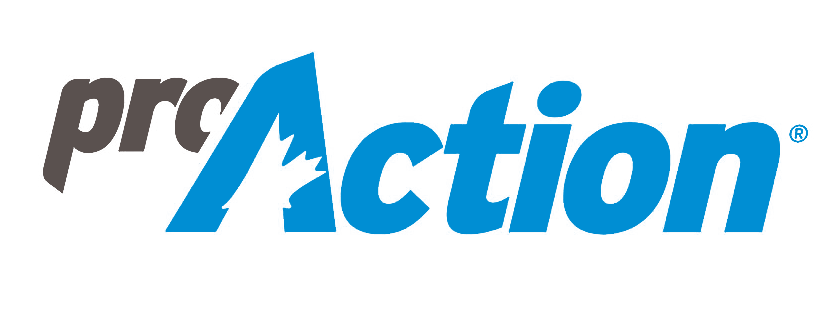
To offer the best milk every day, Canadian dairy farmers have excellent standards and practices.
With proAction®, farmers offer proof to customers that they work to ensure milk quality and safety, and to continually improve animal health and welfare as well as environmental stewardship.
proAction was designed with checks and balances in place to ensure conformance, transparency, and accountability. The program is mandatory for all Canadian dairy farms and its 82 requirements are measurable and verifiable through on-farm validations. [2]
-
mandatory on all
Canadian dairy farms
-
82 verifiable
requirements
-
independent
validations
proAction®
Modules
Milk Quality
Every day, farmers adhere strictly to provincially regulated milk quality standards to produce some of the world's highest quality milk.
Food Safety
Farmers work to prevent, monitor, and reduce food safety risks on farms, based on the principles of Hazard Analysis and Critical Control Points and Canadian Food Inspection Agency requirements.
Animal Care
Farmers provide excellent care for their animals, based on the Code of Practice for the Care and Handling of Dairy Cattle.
Traceability
The Canadian Food Inspection Agency has established traceability regulations to safeguard animal and human health and ensure a safe food supply. Canadian dairy farmers meet or exceed these requirements to facilitate effective tracking of the movements of dairy cattle.
Biosecurity
To improve herd health, farmers work with veterinarians to manage risks and focus on preventing the introduction of disease into and spread within their herds.
Environment
Building on existing provincial environmental farm plans, farmers ensure the best nutrient management, soil health, and water management practices. They also work to reduce greenhouse gas emissions, enhance biodiversity, and reduce waste.
Proud to be Canadian dairy farmers.
Canadian dairy farmers' commitment to quality goes far beyond nutritious and delicious milk. It extends to everything we do and how we do it. From humane treatment of our animals, to a respect for our environment and steadfast adherence to strict safety policies – no corners cut, no detail too small. [3]

The Environmental Farm Plan Program (EFP) is intended to improve on-farm awareness of agri-environmental risks and opportunuties.
The EFP program provides eligible agri-food sector producers with access to consultants (known as EFP Planning Advisors) to assist in the completion of Environmental Farm Plans. The EFP program enhances the capacity of producers to maintain competitiveness by adapting and responding to emerging environmental, regenerative agriculture, and climate challenges and changing environmental conditions. [4]

Salmon-Safe protects rivers, native salmon, and watersheds in the Pacific Northwest.
Salmon-Safe works with West Coast farmers, developers, and other environmentally innovative landowners to reduce watershed impacts through rigorous third-party verified certification.
The Salmon-Safe farm certification program is focused on management practices in six primary areas: riparian area management, water use management, erosion and sediment control, integrated pest management and water quality protection, animal management, and biodiversity conservation. [5]
